Top Vs Ground Floor Condo Units: A Look At 6,402 Transactions To See Which Is More Profitable
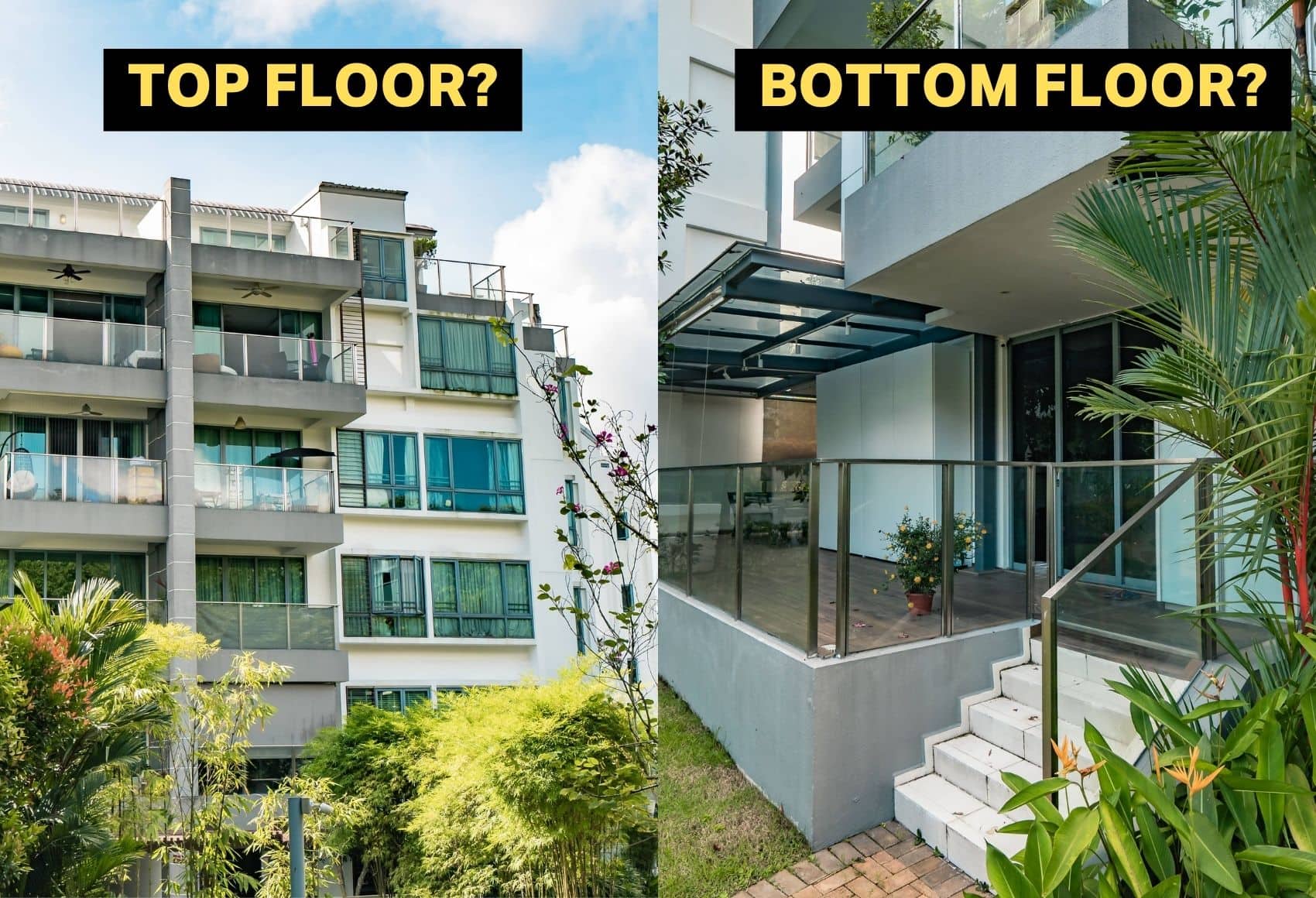
Get The Property Insights Serious Buyers Read First: Join 50,000+ readers who rely on our weekly breakdowns of Singapore’s property market.
A seasoned content strategist with over 17 years in the real estate and financial journalism sectors, Ryan has built a reputation for transforming complex industry jargon into accessible knowledge. With a track record of writing and editing for leading financial platforms and publications, Ryan's expertise has been recognised across various media outlets. His role as a former content editor for 99.co and a co-host for CNA 938's Open House programme underscores his commitment to providing valuable insights into the property market.
As condo living becomes increasingly ubiquitous (particularly with the emergence of PPVC buildings leading to standardised layouts) discerning buyers might be on the hunt for unique living experiences. Typically, this can be found on the extreme ends of a condominium block – the penthouse units at the top or the garden units on the ground floor. The top floors often offer higher ceilings and sometimes, open roof terraces (or even private pools), while the ground floor units bring the allure of higher ceilings and charming garden patios.
This prompts us to ponder – how significant is the performance difference between these two distinct choices? More importantly, does the potential return from a top-floor unit warrant the initially steeper price tag?
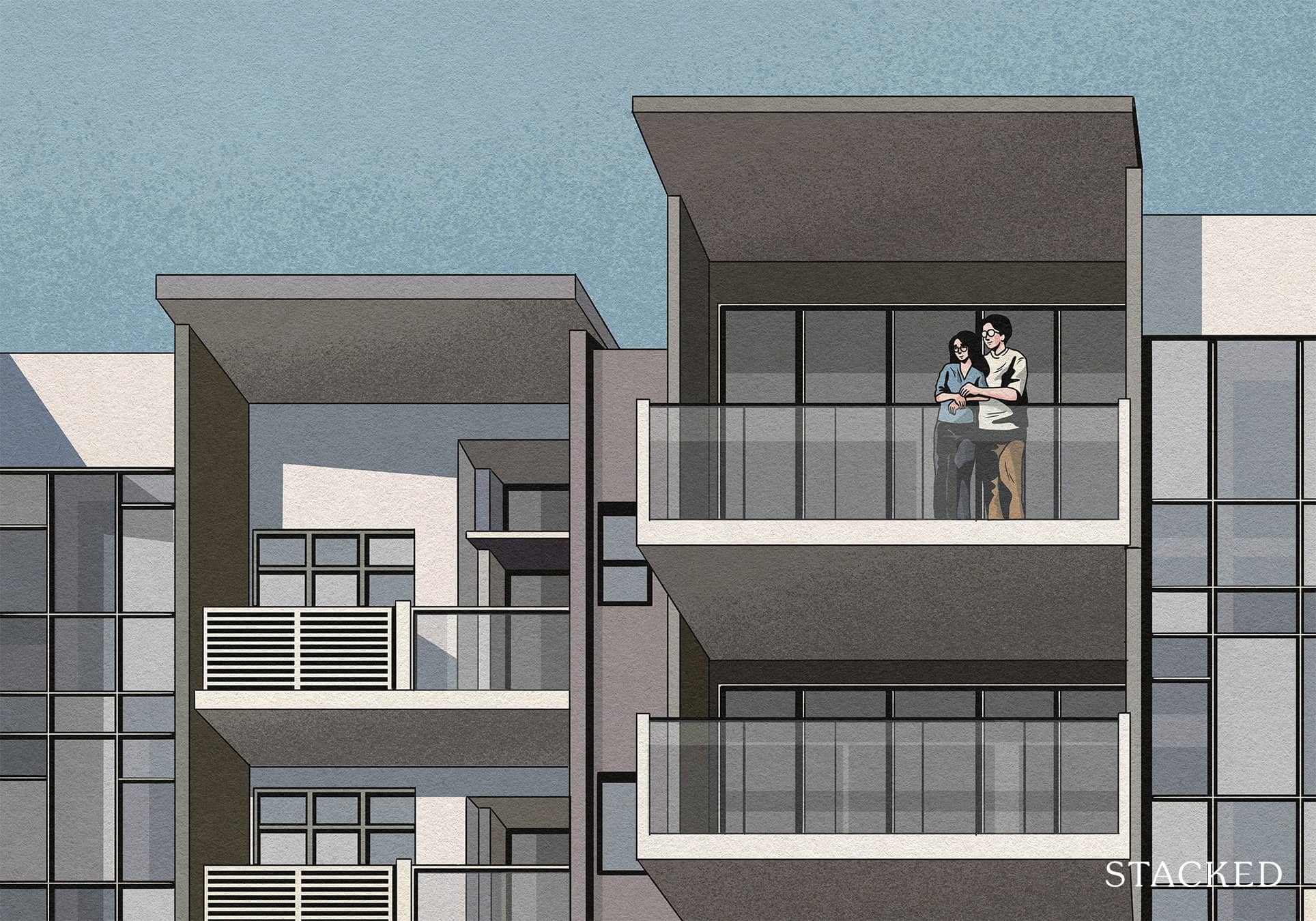
Homeowner StoriesWe Live In A Top Floor Penthouse: Here Are The Pros And Cons About High Floor Living
by Ryan JIn previous articles, we’ve tackled the question of whether units on higher floors yield higher profits, but this fails to satiate the curiosity of buyers who are grappling with the decision between the highest and ground floor units. Here’s what we found, after tracking the performance of condo units from top to bottom*:
*See what I did there? 😊
A Note on the Following Data
To account for the Sellers Stamp Duty (SSD) which would impact pricing, we used only transactions that took place on or after 14th January 2011. The following is based on actual transactions from URA data. It’s also worth noting that we couldn’t provide a distinction between a regular top-floor unit and one with an open roof terrace. Likewise with a ground floor unit, and one with a big patio.
The Simplest and Most Direct Answer
Top floor units, as a collective whole, seem to be less profitable:
| Type | Average % Returns | Average Holding Period (Years) |
| GROUND | 11.23% | 6.54 |
| TOP | 10.03% | 6.52 |
Note that the holding periods are almost similar, so this is not a case of one being held for longer than the other.
But this is simplistic and generalised, and we can go into more detail.
Breakdown by Type of Sale
| Ground Floor | Top Floor | |||
| Type of sale | Average % Returns | Volume | Average % Returns | Volume |
| New Sale to Resale | 10.4% | 1465 | 7.5% | 1371 |
| New Sale to Sub Sale | 12.7% | 206 | 12.7% | 175 |
| Resale to Resale | 12.5% | 1487 | 12.8% | 1346 |
| Sub Sale to Resale | 6.7% | 203 | 4.8% | 148 |
| Sub Sale to Sub Sale | 14.3% | 1 | ||
Here, we take into consideration whether the transaction was a new sale, resale, or sub-sale (i.e., it was purchased and resold before the completion of the project).
We can see that on average, the only type of sale where top-floor units outperform ground-floor ones is resale-to-resale. Even then, it’s by a very slim margin of 0.3 percentage points.
This means that buyers who purchase a new launch ground floor unit, and then sell after the Temporary Occupancy Permit (TOP), would make about 38 percent more than top floor buyers.
The large disparity may be due to developer pricing strategies. Developers often start sales with loss leaders: during VVIP previews or phase one of a launch, for example, units are often sold at lower prices.
These “early bird” prices are more likely to be given for lower floor units, as they’re the more affordable entry prices for buyers to acquire. This might be why gains are significantly higher for these units, with new-to-resale transactions.
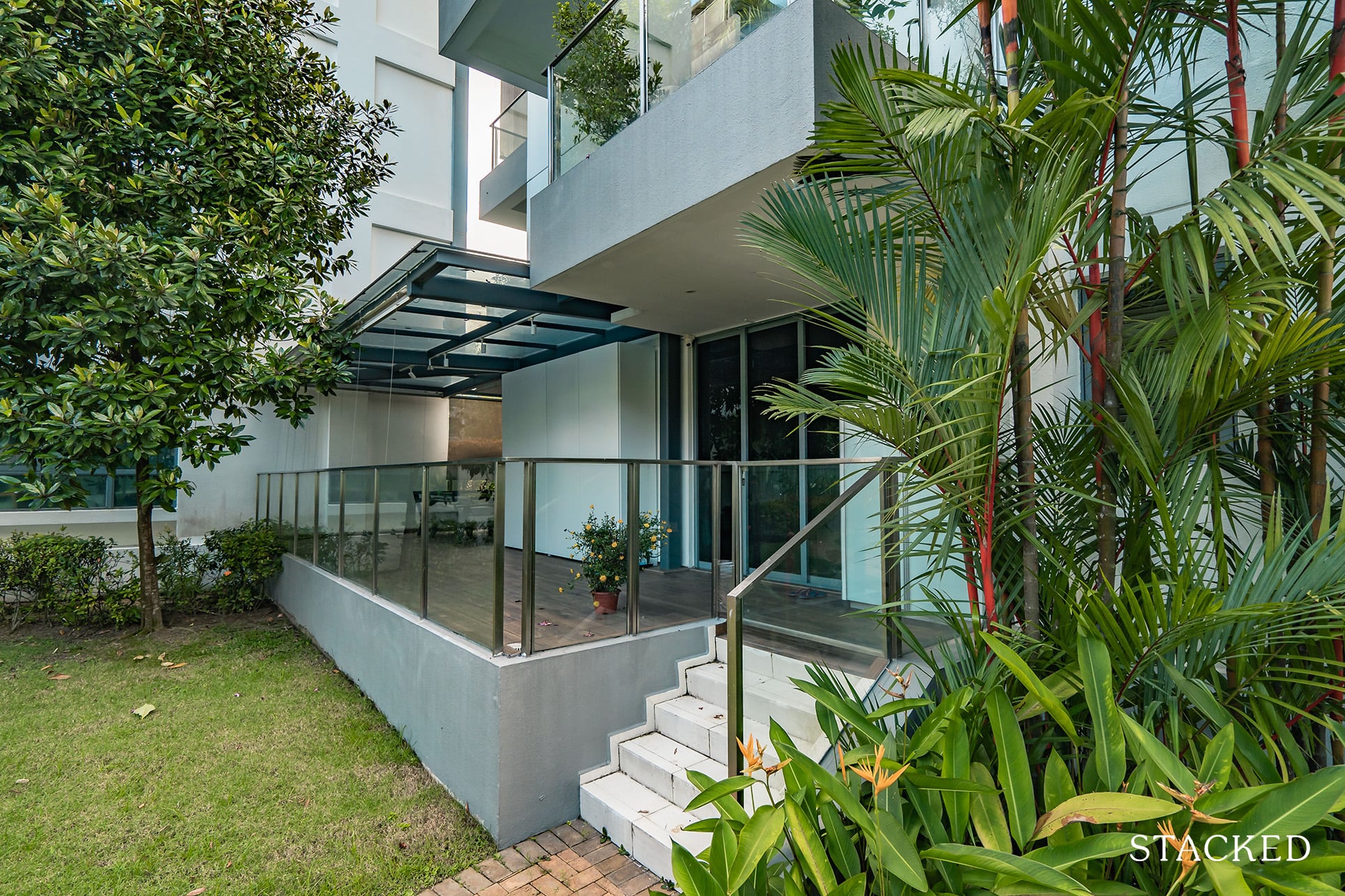
(You can check out more about developer pricing strategies here)
More from Stacked
Why Seletar Park Residence Underperformed—Despite Its District 28 Location And Large Unit Sizes
In this Stacked Pro breakdown:
However, this still leaves the question as to why, in the case of new-to-sub sales, the performance between the top and bottom floors seems tied. There isn’t an easy explanation for this, but it could just be the project – being under construction – still only exists conceptually.
The hard realities of the project (e.g., bad neighbours, more road noise than expected, layouts that are better on paper than in reality) aren’t visible until completion, at which point these factors could make the development less attractive.
Notice that ground-floor units once again outperform top-floor units for sub-sale-to-resale transactions, which could lend some credence to this.
Differences by District
This is less useful in some respects because for some districts the volume of transactions is too low to read much into the data. We will use purely resale transactions here, for the same reason of transaction volumes:
Nonetheless, here’s what we found:
| GROUND | TOP | |||
| District | Average % Returns | Volume | Average % Returns | Volume |
| 1 | 6.7% | 5 | -0.1% | 3 |
| 2 | -16.3% | 1 | 5.8% | 6 |
| 3 | 11.9% | 24 | 10.4% | 28 |
| 4 | 2.5% | 28 | -0.6% | 17 |
| 5 | 11.2% | 90 | 12.5% | 94 |
| 7 | 6.3% | 5 | 11.2% | 5 |
| 8 | 5.5% | 27 | 9.8% | 26 |
| 9 | 6.1% | 61 | 3.6% | 58 |
| 10 | 12.3% | 124 | 9.1% | 78 |
| 11 | 12.6% | 72 | 13.6% | 52 |
| 12 | 14.8% | 49 | 16.2% | 30 |
| 13 | 16.3% | 13 | 16.8% | 12 |
| 14 | 15.4% | 74 | 15.0% | 95 |
| 15 | 16.0% | 237 | 15.3% | 272 |
| 16 | 15.0% | 109 | 13.7% | 78 |
| 17 | 10.1% | 61 | 8.9% | 54 |
| 18 | 2.9% | 58 | 5.7% | 35 |
| 19 | 12.6% | 112 | 12.7% | 139 |
| 20 | 18.3% | 31 | 12.5% | 28 |
| 21 | 18.8% | 74 | 20.0% | 82 |
| 22 | 3.9% | 23 | 12.2% | 14 |
| 23 | 11.4% | 77 | 12.8% | 41 |
| 25 | 4.6% | 27 | 14.8% | 14 |
| 26 | 15.5% | 29 | 16.1% | 17 |
| 27 | 9.8% | 45 | 11.9% | 48 |
| 28 | 16.7% | 31 | 13.9% | 20 |
For the prime regions of Districts 9 and 10, ground-floor units saw better gains. We saw 70 percent greater gains for ground floor units in District 9, and 35 percent greater gains for them in District 10.
This runs contradictory to some realtor sales pitches, by the way. We’ve heard realtors claim that, in prime regions, potential buyers are wealthier and care more about luxuries like a good view; this purportedly makes top-floor units or penthouses a better deal. But as it stands, the data suggests it isn’t true even for these districts as a whole.

Ironically, the biggest gain was for a top-floor unit at 336 River Valley Road, whilst the biggest loss for a ground-floor unit was at Helios Residences. These are, however, outliers.
Differences by Size
Here’s what we see, looking purely at resale transactions:
| GROUND | TOP | |||
| Size | Average % Returns | Vol. | Average % Returns | Vol. |
| <500 sq ft | 4.1% | 74 | 3.2% | 49 |
| 501 – 1,000 sq ft | 8.5% | 310 | 8.7% | 199 |
| 1,001 – 1,500 sq ft | 13.2% | 664 | 13.7% | 446 |
| >1,500 sq ft | 15.6% | 439 | 14.1% | 652 |
When it comes to size, there’s not much difference in whether the unit is on the top or ground floor. It does, however, show that larger units – be they ground or top floor – tend to have better returns. Perhaps this is unsurprising, as buyers of such bigger units would have deeper pockets – and would be more willing to pay for these differentiated units.
Differences by Size for New Launch Condos
This is worth doing to verify certain assumptions. We want to see, for instance, if developers will underprice bigger ground floor units, as these are harder to move.
(One and two-bedder units are the lowest hanging fruit, and are usually the first to sell out due to the lower quantum)
Here’s what we found:
| GROUND | TOP | ||||
| Size | Average % Returns | Vol. | Average % Returns | Vol. | Disparity |
| <500 sq ft | 7.5% | 239 | 6.1% | 135 | 1.5% |
| 501 – 1,000 sq ft | 9.1% | 647 | 6.3% | 516 | 2.7% |
| 1,001 – 1,500 sq ft | 13.9% | 408 | 8.9% | 360 | 5.0% |
| >1,500 sq ft | 11.0% | 171 | 8.5% | 360 | 2.6% |
Ground floor units still beat top floor counterparts in every size category. However, note that the biggest disparity occurs in units of 1,001 to 1,500 sq. ft. (generally four-bedders or premium three-bedders).
So if you’re investing in units of this size, it could make special sense to stick with ground-floor units. You may also want to stick with units of 1,000 sq. ft., or above as they appear to outperform their smaller counterparts.
For more on the Singapore private property market, as well as reviews of new and resale properties alike, follow us on Stacked. We’ll keep you up to date on the changing trends and strategies in Singapore real estate.
If you’d like to get in touch for a more in-depth consultation, you can do so here.
Ryan J
A seasoned content strategist with over 17 years in the real estate and financial journalism sectors, Ryan has built a reputation for transforming complex industry jargon into accessible knowledge. With a track record of writing and editing for leading financial platforms and publications, Ryan's expertise has been recognised across various media outlets. His role as a former content editor for 99.co and a co-host for CNA 938's Open House programme underscores his commitment to providing valuable insights into the property market.Read next from Property Investment Insights
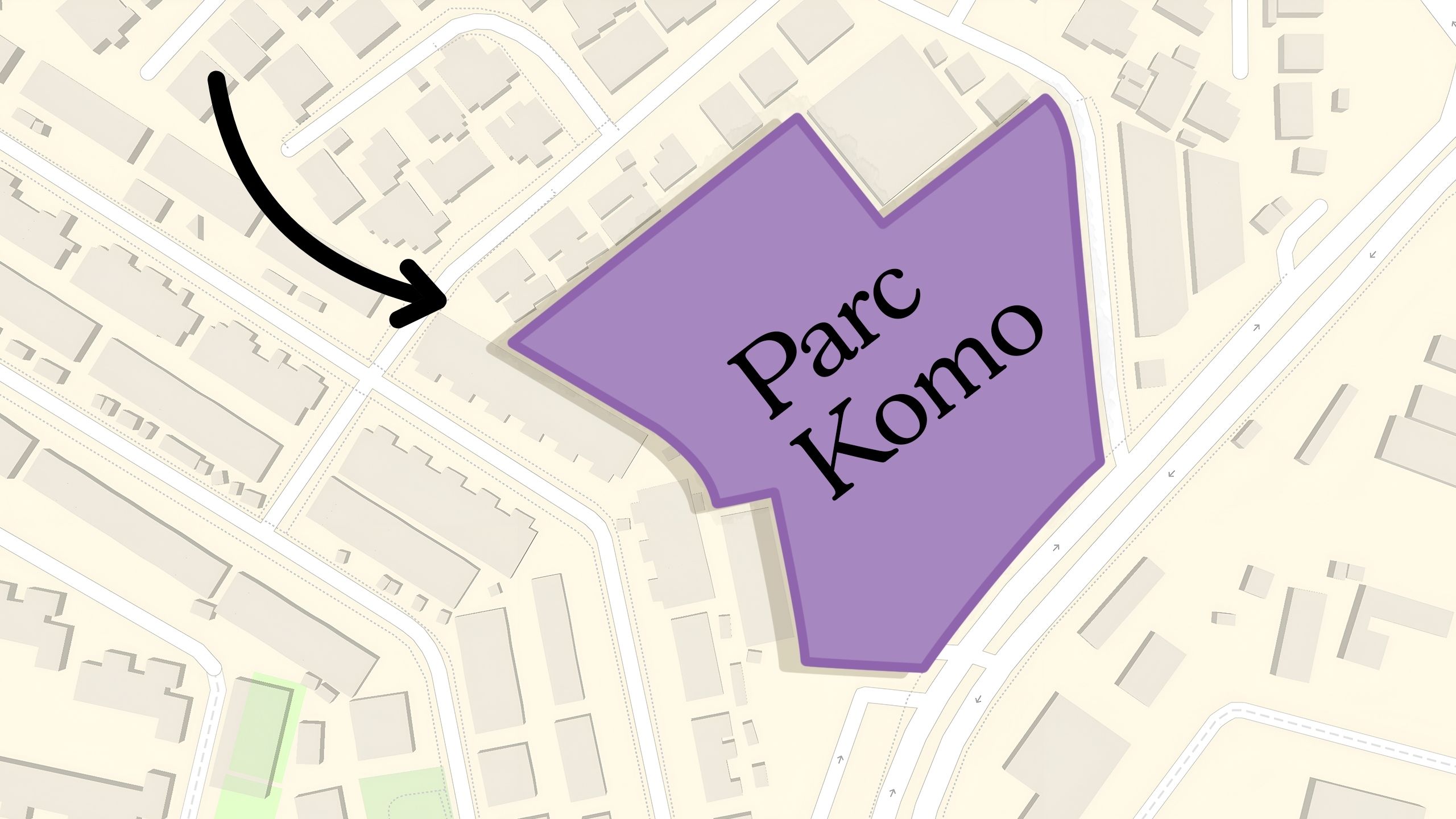
Property Investment Insights Why This Freehold Mixed-Use Condo in the East Is Underperforming the Market

Property Investment Insights Why This Large-Unit Condo in the Jervois Enclave Isn’t Keeping Up With the Market
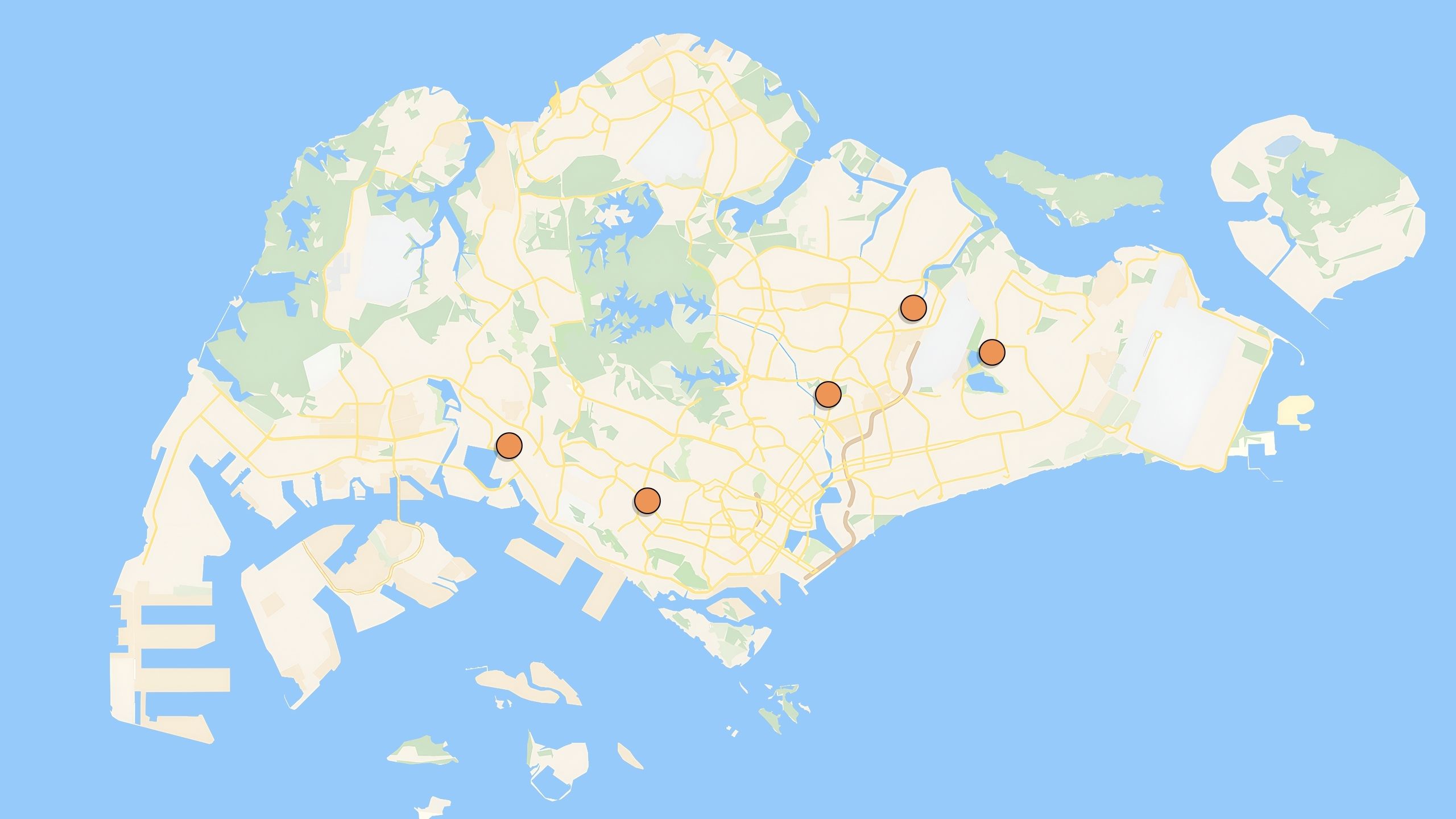
Property Investment Insights These 5 Condos In Singapore Sold Out Fast in 2018 — But Which Ones Really Rewarded Buyers?
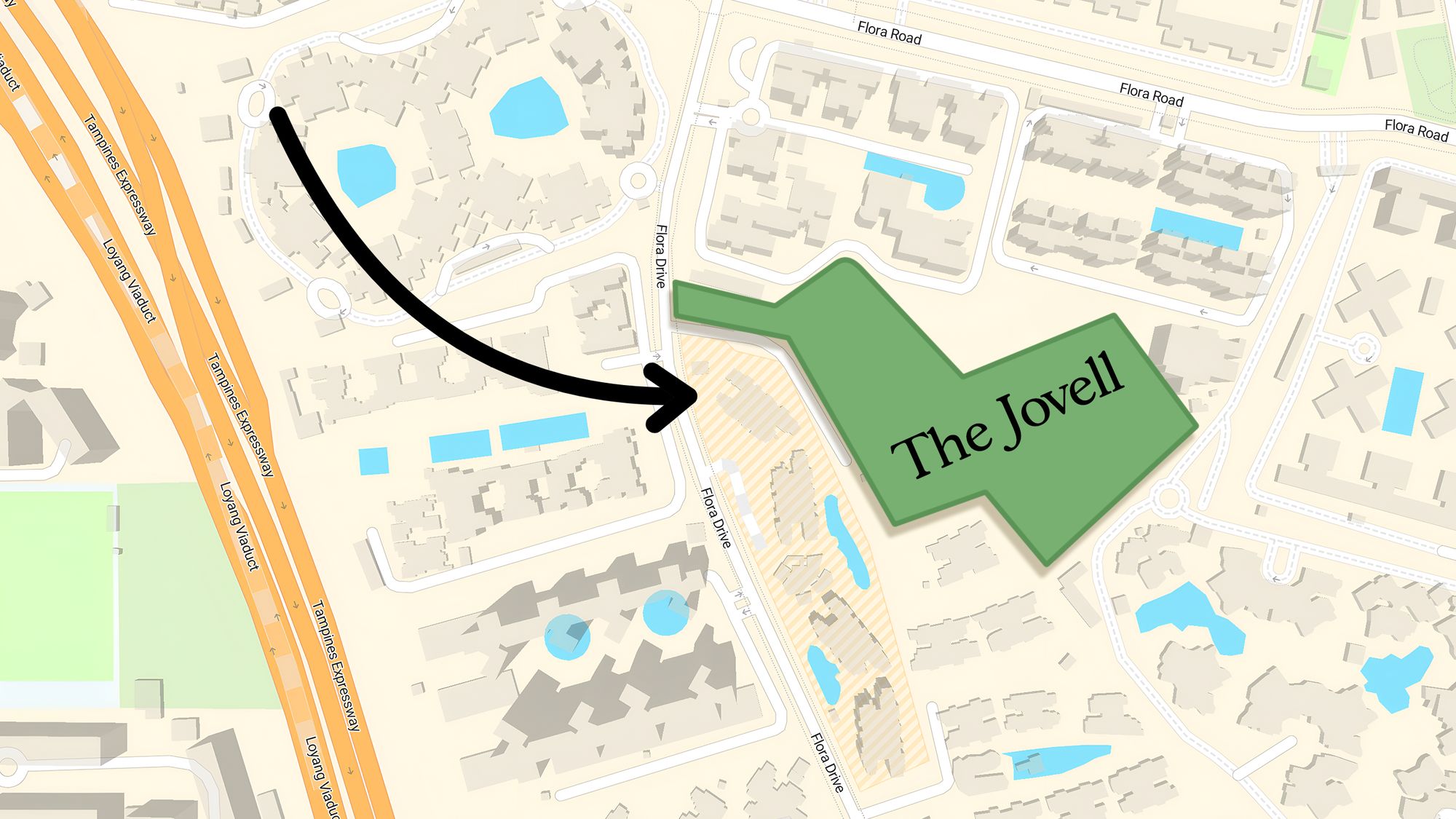
Property Investment Insights Why This New Condo in a Freehold-Dominated Enclave Is Lagging Behind
Latest Posts
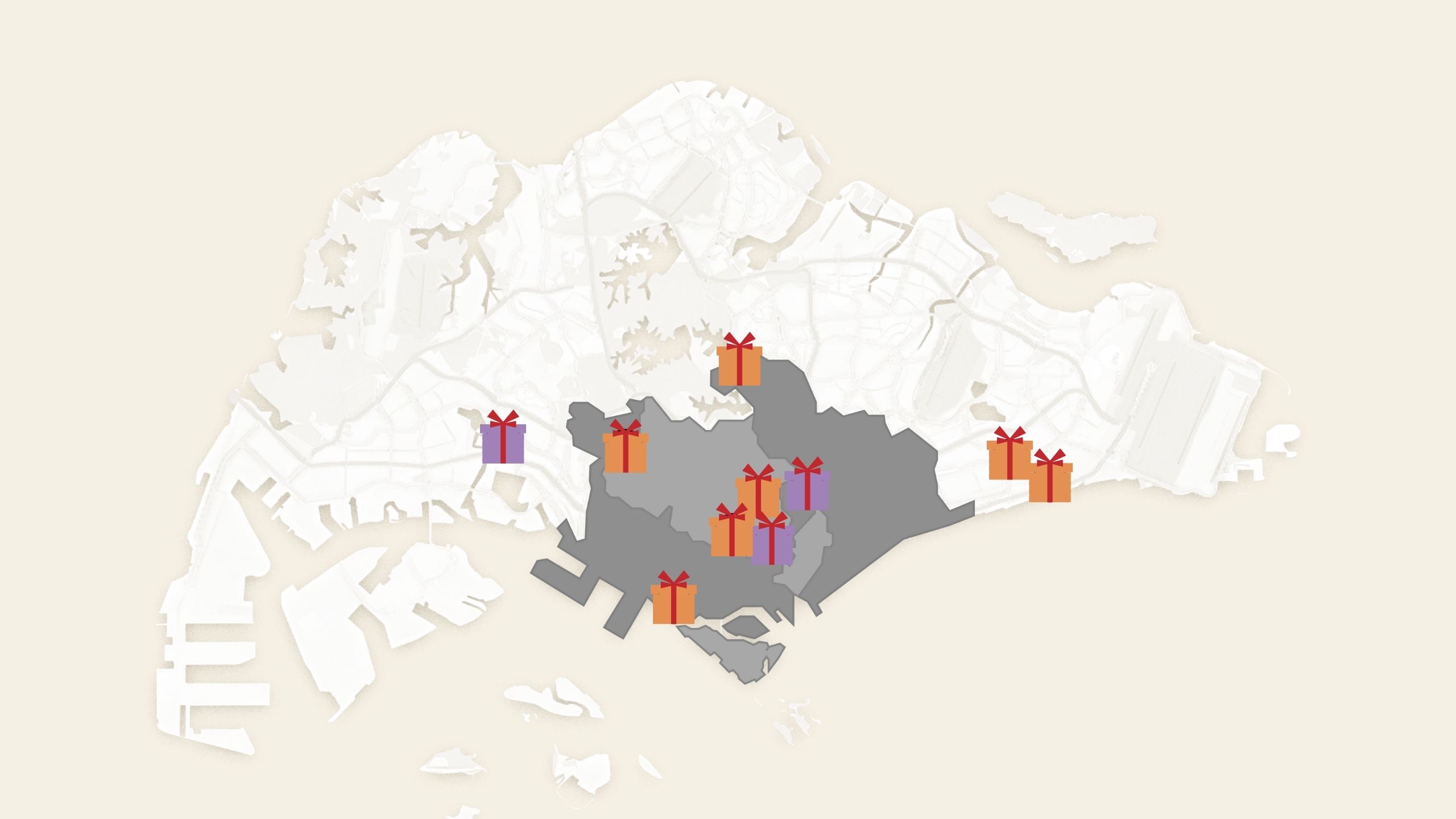
Singapore Property News 10 New Upcoming Housing Sites Set for 2026 That Homebuyers Should Keep an Eye On

Homeowner Stories I Gave My Parents My Condo and Moved Into Their HDB — Here’s Why It Made Sense.
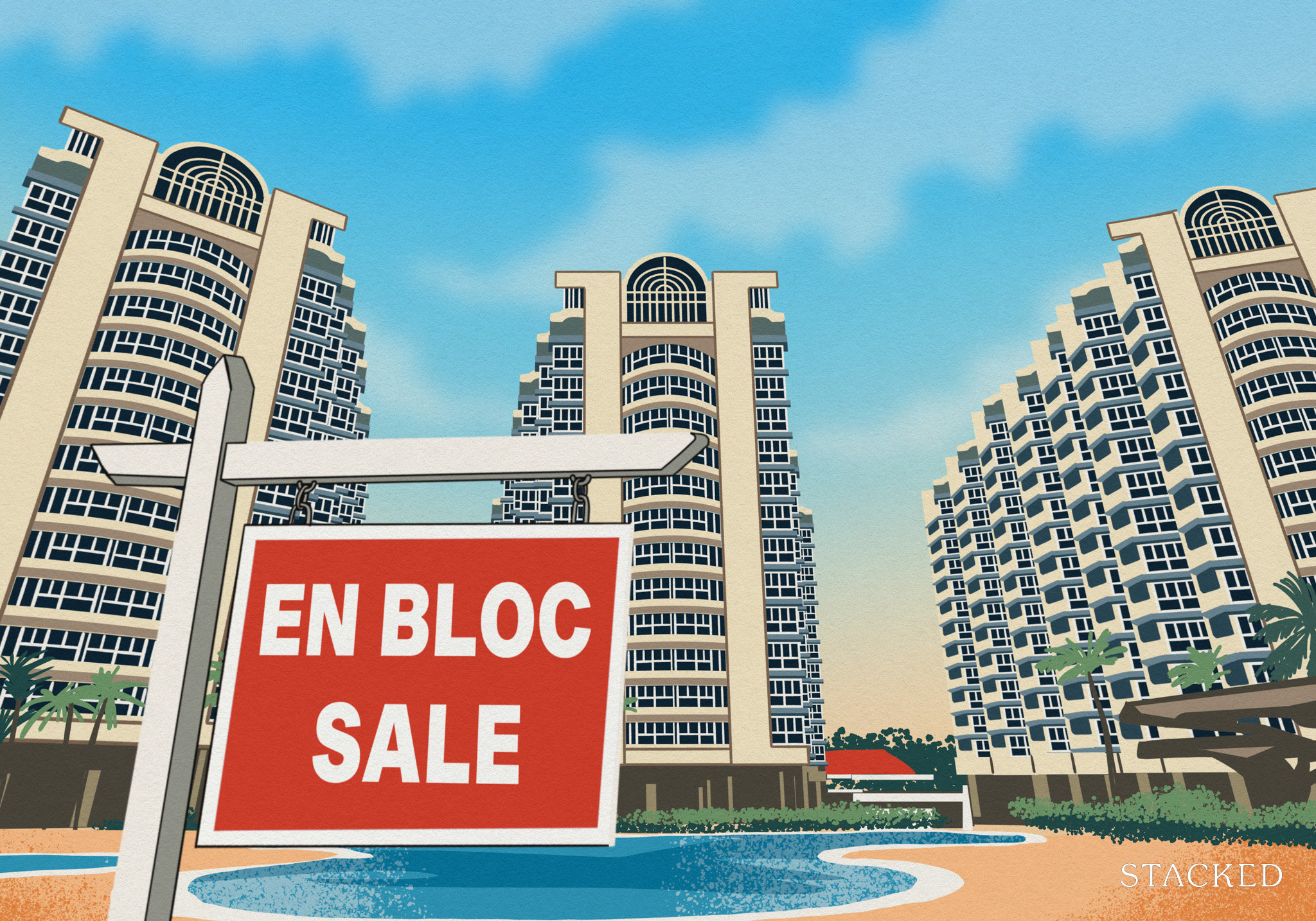
Singapore Property News Will Relaxing En-Bloc Rules Really Improve the Prospects of Older Condos in Singapore?
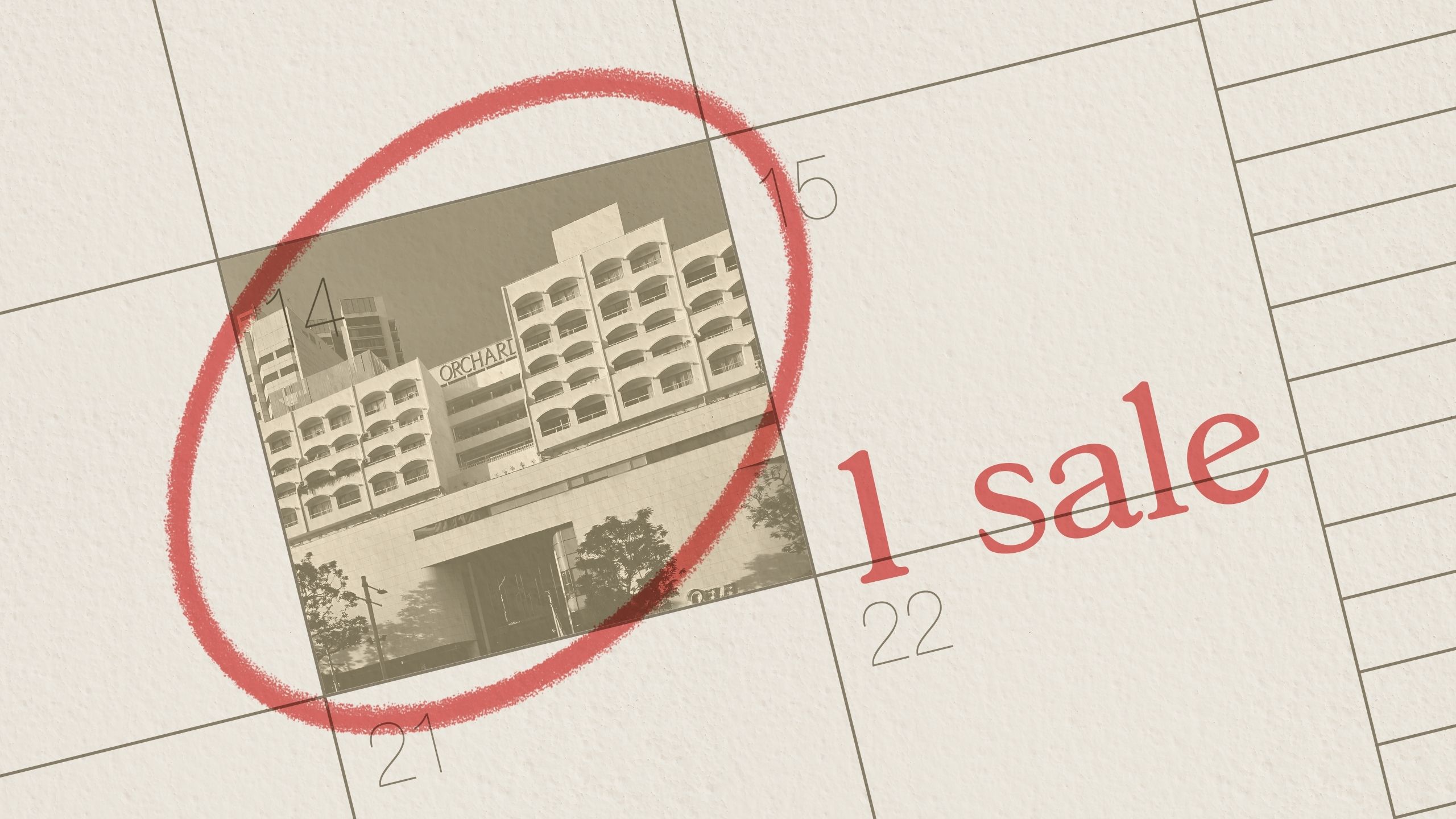
Property Market Commentary The Rare Condos With Almost Zero Sales for 10 Years In Singapore: What Does It Mean for Buyers?
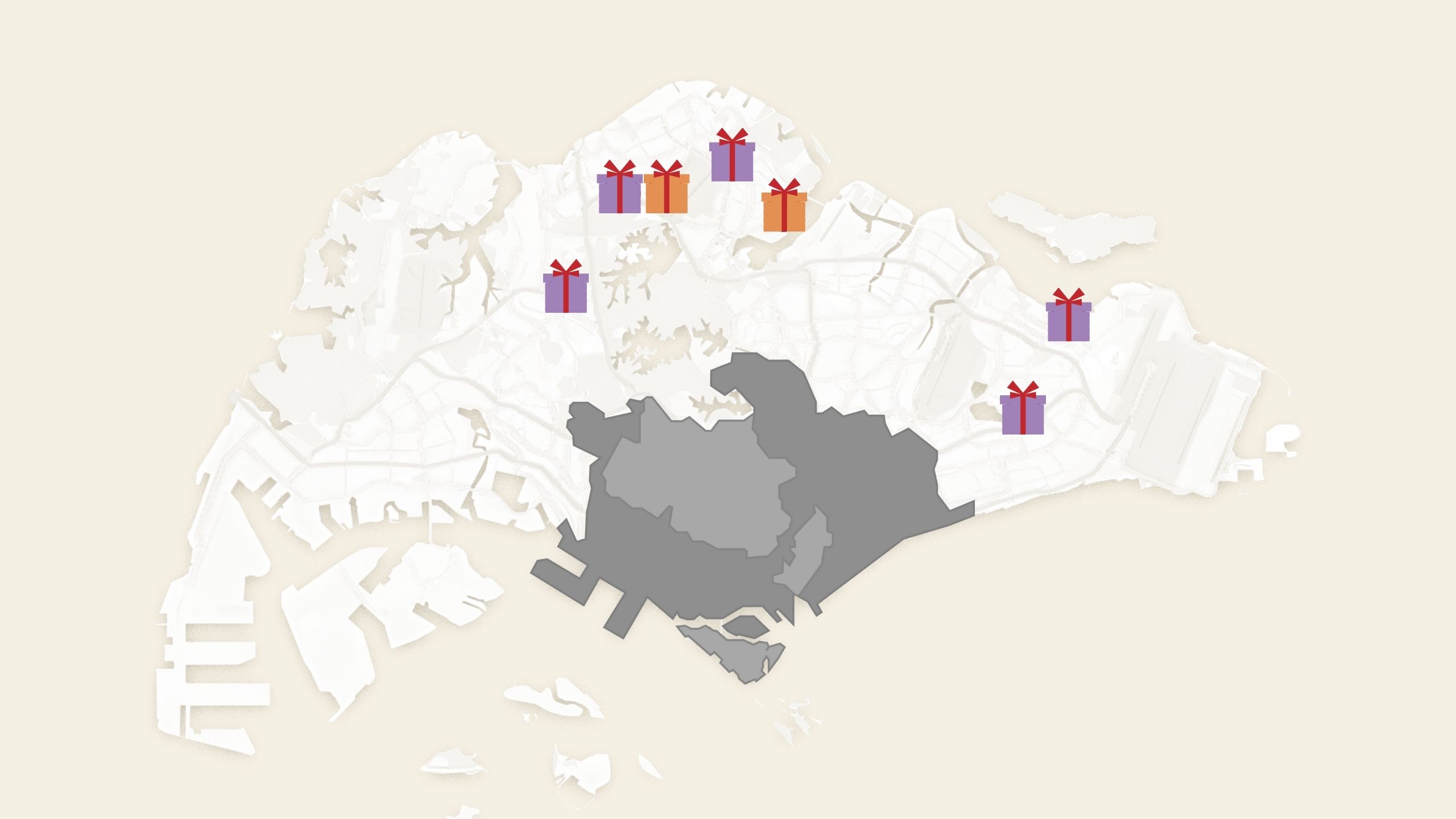
Property Market Commentary 5 Upcoming Executive Condo Sites in 2026: Which Holds the Most Promise for Buyers?
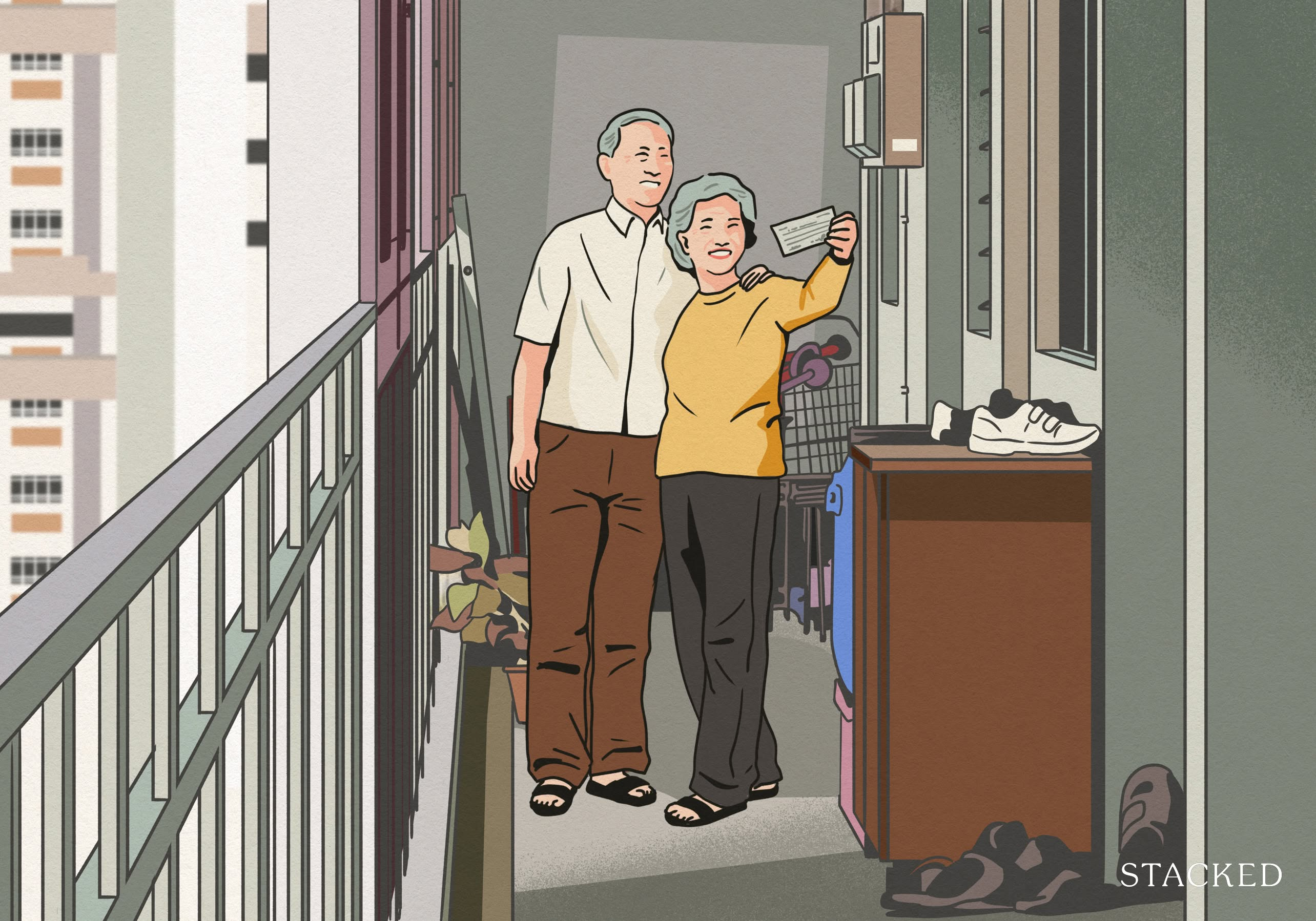
Singapore Property News A Housing Issue That Slips Under the Radar in a Super-Aged Singapore: Here’s What Needs Attention

Landed Home Tours Inside One of Orchard’s Rarest Freehold Enclaves: Conserved Homes You Can Still Buy From $6.8M

On The Market We Found The Cheapest 4-Bedroom Condos You Can Still Buy from $2.28M
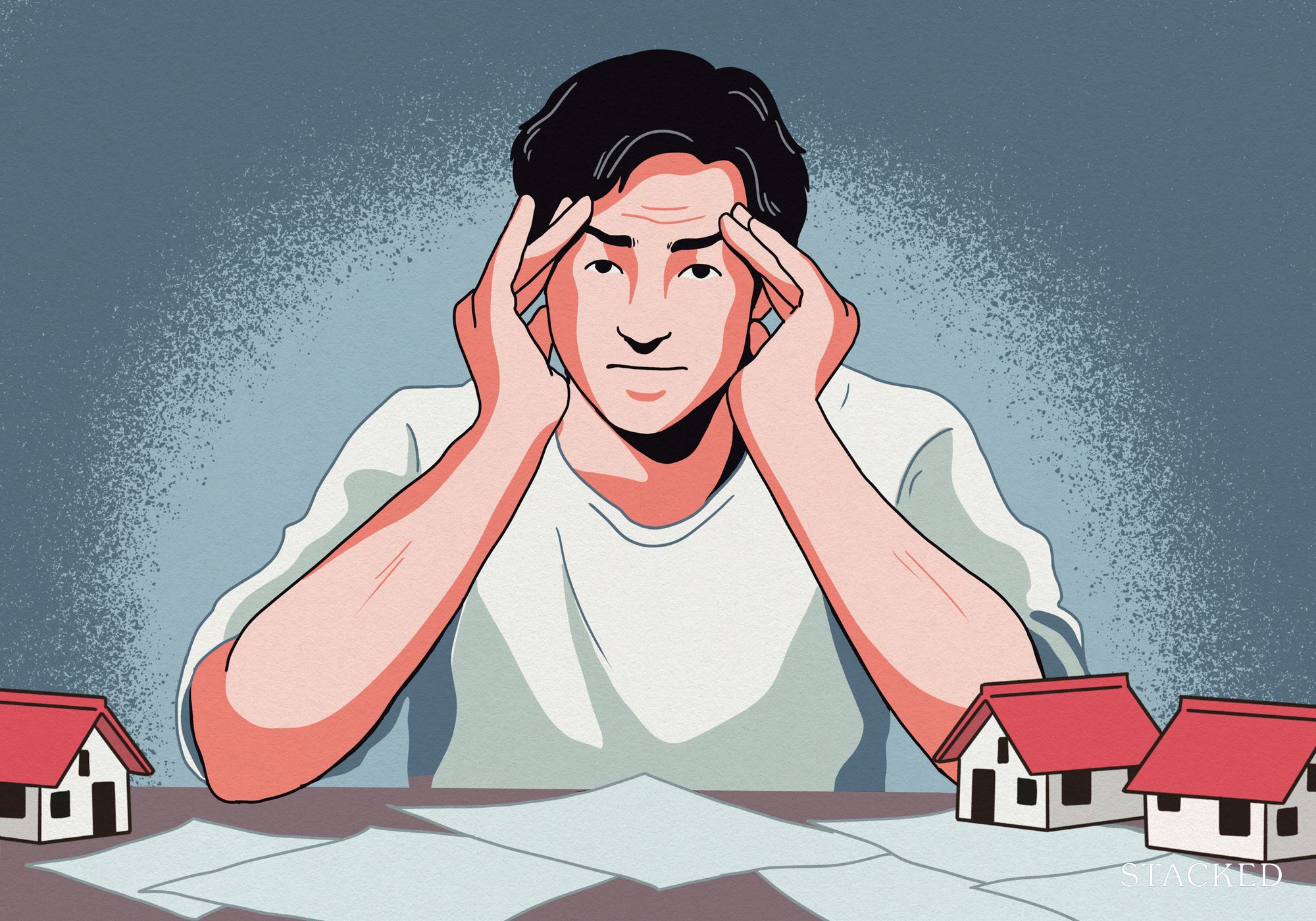
Homeowner Stories “I Thought I Could Wait for a Better New Launch Condo” How One Buyer’s Fear Ended Up Costing Him $358K

Editor's Pick This New Pasir Ris EC Starts From $1.438M For A 3-Bedder: Here’s What You Should Know
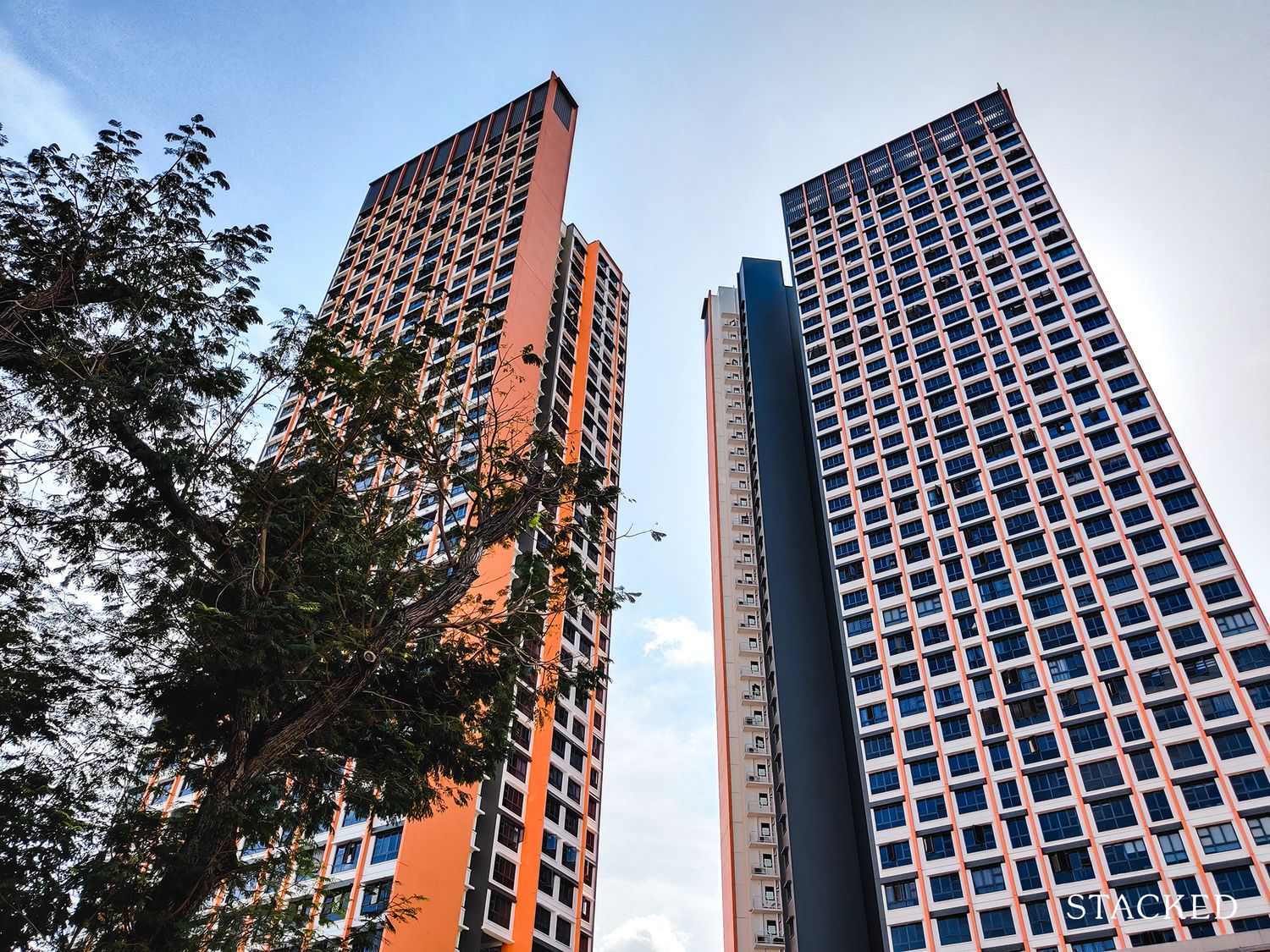
Singapore Property News This 5 Room Clementi Flat Just Hit a Record $1.488M — Here’s What the Sellers Took Home
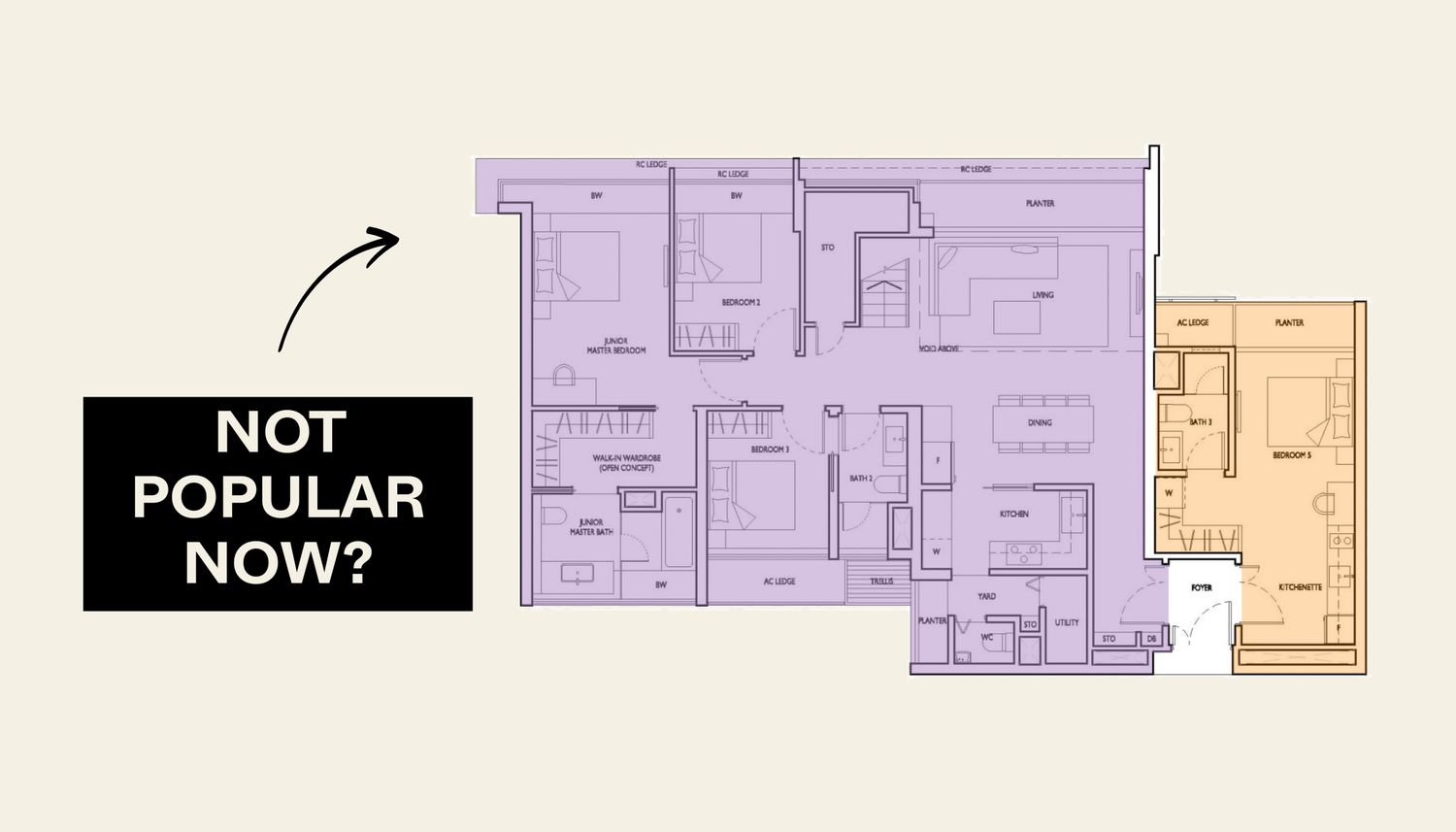
Property Market Commentary We Analysed Dual-Key Condo Units Across 2, 3 and 4 Bedders — And One Clear Pattern Emerged
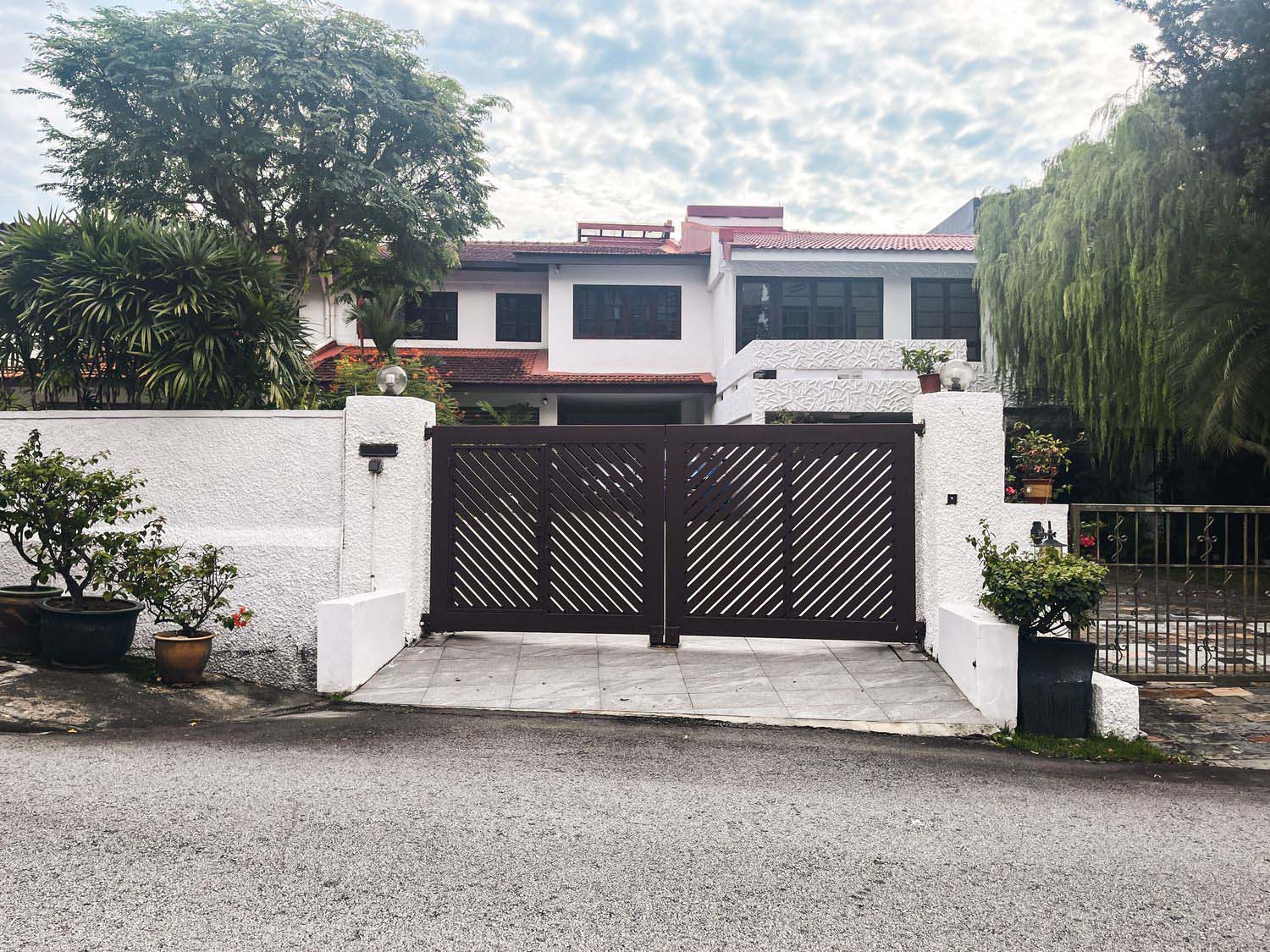
Editor's Pick We Toured A Quiet Landed Area In Central Singapore Where Terraces Have Sold Below $8 Million

Singapore Property News Are Singaporeans Moving Away From Property As A Retirement Strategy?

Editor's Pick Are New Launch Condos Really Getting Cheaper in 2025? The Truth Isn’t What You Think


